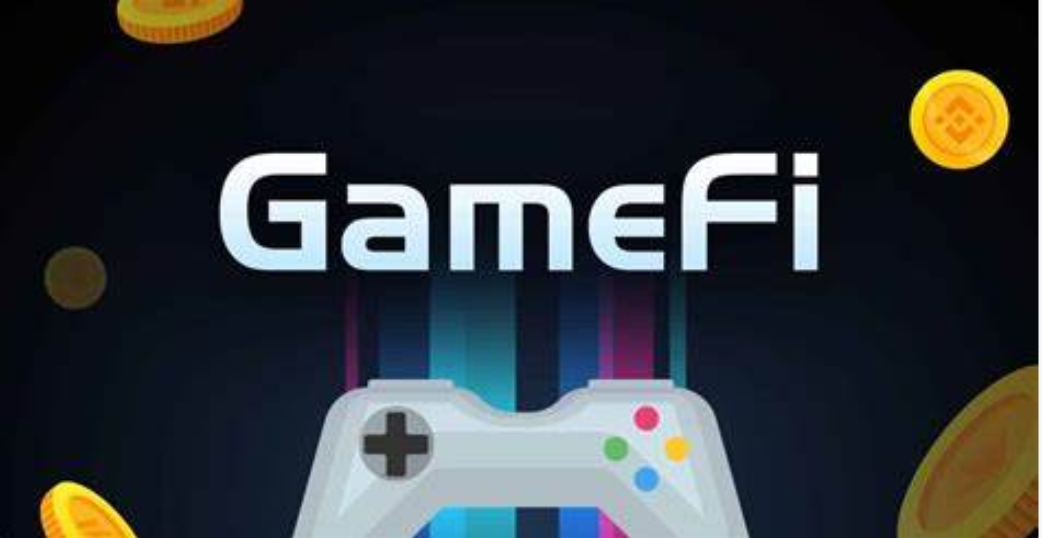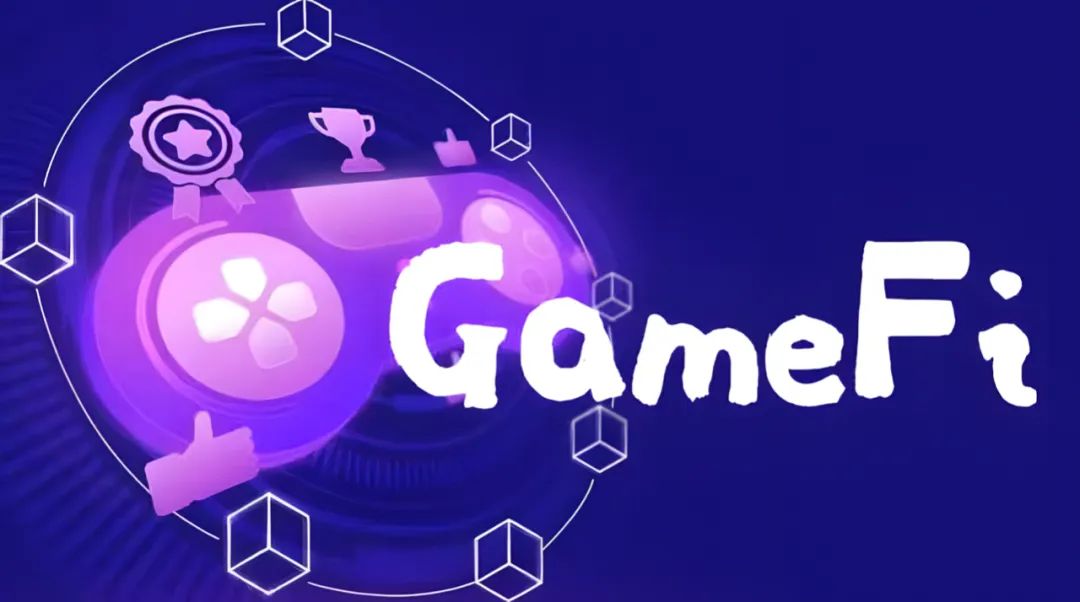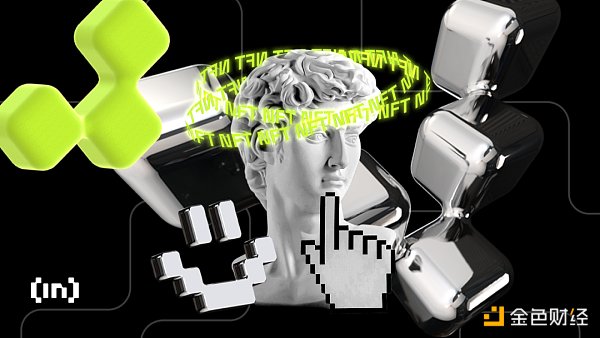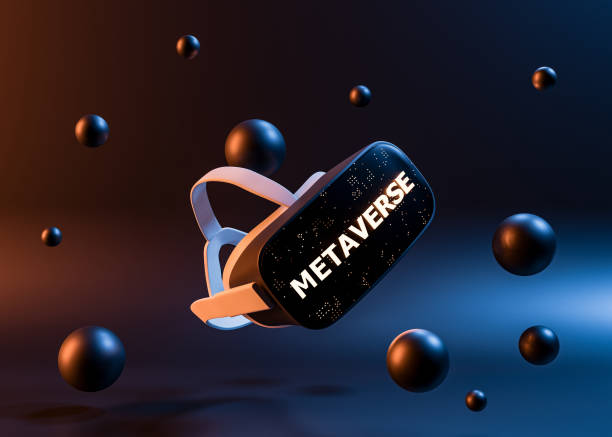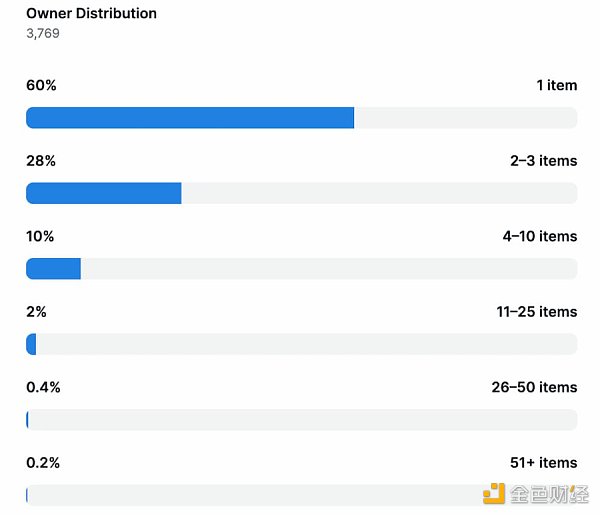Staking: The new wave of mining in the PoS era, value investment or the correct way to open
On June 22nd, the Bystack Flint Project – Consensus Node Recruitment Global Bank (Shanghai Station) event opened in Xuhui District, Shanghai. How will the Bystack consensus node be recruited? Why is Staking going to fire? Where is the opportunity for the wallet at the Staking track? What are the investment opportunities in the Staking field? On the above topics, there is a heated discussion over the original chain CFO Li Zongcheng, the original chain CTO Langyu, the wheat wallet CTO Eric, the NGC StakeX head Cai Yan, and the Jarvis+ founder Wu Hao.
From the field sharing, the 2019 public chain competition has entered the PoS era, and the mixed consensus of PoS, DPoS, BFT, and even PoW+PoS, PoS+BFT has become the breakthrough point for the public chain to seek “performance expansion”. The Staking economy has surfaced, combined with Defi, which will bring about a deep institutional change in the blockchain world, which will lead to a new track for entrepreneurship and investment. In the foreseeable future, Staking will affect every participant. 
▲ Round table discussion
The following content is organized by Babbitt:
- Market Analysis: BTC is blocked at $11,200, and the risk of short-term retracement increases
- Early comments: BTC broke the million yuan shock adjustment, BCH led the show to lead the mainstream currency
- Xiao Lei: Bitcoin once again broke through 10,000 US dollars. Is it a scam or a revolution?
Than the original chain Li Zongcheng: POW costs in technology, POS costs in the system
The nature of the blockchain is a distributed ledger. The work of the consensus mechanism is to choose a distributed ledger and a confirmation block, which determines the accounting performance and incentive allocation of the public chain. The cost of the consensus mechanism is different, the cost of POW is in technology, and the cost of POS is in the system. The development direction of the public chain is mainly to improve scalability, improve usability and improve efficiency, including the improvement of the underlying chain and the expansion of the Layer 2 network.
The solution than the original chain is the underlying PoW backbone + BBFT consensus mechanism sidechain to solve the efficiency problem. Currently, the global recruitment of Bystack consensus nodes has officially opened. Bystack has 10 formal consensus nodes and 32 alternative consensus nodes. In the first year, 10 million BTM incentives were provided by the original chain foundation.
More than the original chain CTO: the ultimate solution for blockchain landing "one main multi-sided architecture"
At present, there is difficulty in the blockchain landing, and its efficiency is not as high as that of the traditional distributed system. In essence, this is the "impossible triangle" problem of the blockchain.
In 2009-2013, all public chains were improved on the basis of Bitcoin, such as reducing the block time or changing the block size. In 2013-2018, more high-performance single-chains such as ETH and EOS appeared, and the alliance chain appeared. Since 2018, the demand for scalability of blockchain has once again increased, and cross-chain and sidechain technologies have entered the stage. Multi-chain mode such as Cosmos, Plasma, LN state channel and Liquid side chain are sought after. This is the path of industry evolution.
However, we find that these directions have limitations and do not solve the "impossible triangle" problem. Compared with the original chain Bystack platform, the ultimate solution "one main multi-side architecture" is proposed. The main chain PoW consensus guarantees decentralization, and the side chain BBFT mechanism pursues high efficiency. We put scalability on the Layer 2 network (Vaper than the original chain side chain), and the distribution and supervision of value between the main side chains through a federation allows us to achieve a "possible" triangle.
The Bystack architecture has three features. First, the main side is isolated and the risk is isolated. Second, side isolation, side chain business, privacy, value, etc. to achieve isolation. Third, federal management, achieving compliance and custom management models.
Wheat Wallet CTO Eric: Staking brings three big opportunities to the wallet
Staking has two points. First, the more Staking tokens, the higher the security of the public chain. Second, the cost of Staking is that users participate in PoS. These costs make users more widely involved and leave more value for the public chain ecosystem.
Staking brings three new opportunities to the wallet.
First, the new usage scenario. For example, provide tools for third-party development around Staking, Staking data services, and Staking insurance, which did not exist before.
Second, new users. The user transfers money from the exchange into the wallet, the wallet user increases, and the user uses the process to bring new users to other applications in the public chain.
Third, the new gameplay. Includes Lockdrop (locked airdrop) and top-up mining. The wheat wallet is a multi-platform cross-chain wallet. The PoS ecology began to be laid out in 18 years. On the 22nd, the wheat wallet announced that it would participate in the Bystack consensus node campaign.
Jarvis+ founder Wu Hao: Staking is a stable and value-added investment channel for retail investors
There are two factors in the community that are indispensable. The first is the same point of interest, background, and so on. The second is to spend time interacting with community users. This will lead to a so-called consensus, or a sense of identity, brand, and vision. The same is true for Staking, where investors need to choose currencies to identify risks and returns.
The fighting in the secondary market is bloody and brutal, the timing and currency are right, and the operation is still wrong. On the contrary, Staking is optimistic about a certain currency, regardless of whether the bull market investors can get a return. Therefore, Staking has become an investment channel for the stable and value-added of retail assets. Investment institutions that are good at killing in the secondary market may be less attractive.
Cai Yan, head of NGC StakeX: Staking is a value investment
The business logic of investment institutions participating in Staking is that Staking is a value investment, and we will hold long-term project tokens. The income in Staking is actually the second. First of all, you have to recognize the project. The rate of return is related to the quality of the project itself. How can an annualized income of a project be 300%? Do you dare to enter?
We will continue to update Blocking; if you have any questions or suggestions, please contact us!
Was this article helpful?
93 out of 132 found this helpful
Related articles
- New FATF regulations: All cryptocurrency exchanges around the world need to share customer data
- Babbitt’s column explains Libra through Alipay.
- Babbitt column 丨 Facebook's ambition
- The Libra effect continues, and the G7 Group in developed economies has established a cryptocurrency working group.
- Read Libra in a text: the difference between Q coins, Alipay and Bitcoin
- Millions of people in South Korea use “honeycomb accounts”, and the loss of funds is the biggest hidden danger
- The birth of Libra: The short-term benefits have been exhausted, what should I do with the currency payment project?

